Endangered Species #8 The Yangtze Finless Porpoise
It’s that time of the week again, where we highlight the plights of animals whose very existence is under threat.
The animal I’ve chosen to cover today is one of the rarest animals on the planet, they are one of only six species of freshwater Cetacean on Earth and their numbers have decreased rapidly throughout the past century, they are a relatively unknown species known as the Yangtze Finless Porpoise, they are simply on the brink of catastrophe.
Description
The Yangtze Finless Porpoise (Neophocaena asiaeorientalis ssp. Asiaeorientalis) is one of two subspecies of Porpoise within the Genus Neophocaena, they are the only species of freshwater Porpoise on the planet.
Porpoises are similar to Dolphins though they do display some key differences in their appearance, Dolphins typically have prominent and elongated “beaks” whereas Porpoises tend to have relatively smaller mouths and their face may even appear flat.
Dolphins also have conical teeth, an enlarged and curved dorsal fin and often have a slender body shape, Porpoises instead have spade-shaped teeth, often display a much smaller dorsal fin (or no fin at all) and have a stockier body shape.
They are closely related to another species of Finless Porpoise (Neophocaena phocaenoides) and until recently were believed to be the same species, after various genetic studies it was ascertained that populations of Finless Porpoise were different from freshwater populations at the species level, the Yangtze Finless Porpoise is the only freshwater species of Porpoise.
The most distinctive feature of the Yangtze Finless Porpoise is their lack of a feature, as their name suggests they are lacking a Dorsal fin and are one of only a handful of Cetaceans that share this trait.
Instead of a Dorsal fin they instead have a small hump on their back that is comprised of several narrow lines of tiny tubercles, these are wart-like structures that are barely visible when viewed from a distance.
On average they grow to 1.55 meters in length and weigh roughly 45 Kgs, though larger than average animals can reach lengths of 2.2 meters and weigh up to 75 Kg, the flippers of the Yangtze Finless Porpoise are quite large and can account for as much as 20% of their overall body length, their forehead is unusually steep and they have a relatively small mouth for a Cetacean.
Other features include a central blow hole located at the base of their head as well as small black eyes on the side of their head which allows for a wide field of view, they are uniformly coloured and are more often than not light grey in appearance.
Their senses are relatively well studied in comparison to other Cetaceans, the tubercles that make up their Dorsal hump are comprised of several nerve endings and are thought to offer use as a sensory function that may be beneficial for courtship or general communication, like most Cetaceans they have a very well adapted auditory system that is capable of hearing a wide range of frequencies, this accounts for most of their communication between one another.
Their eyesight is thought to be very poor, as they inhabit the murky waters of the Yangtze river, visibility underwater is often only a few feet so the Yangtze Finless Porpoise is reliant on its keen sense of hearing and its use of echolocation to hunt for food.
They have one of the lightest skeletons of all Mammalian species which on average accounts for 3-5% of their total body weight, they have a fused cervical vertebra which helps to increase their stability in the water, though this does come at the cost of greatly reduced flexibility in their neck.
They also have a specially designed nasal passage which is lined with nine or ten air sacs, these sacs are capable of opening or closing which results in all air within the passage either being trapped or released, behind these are a series of Vomeronasal sacs which function in the same way as a Jacobson’s organ in Reptilian species by taking chemical signatures from their surrounding environment and converting them in to smells.
Like most Cetaceans they are highly intelligent and possess a large Brain, this allows them to form complex social relationships and allows them to problem solve, comparatively, the Yangtze Finless Porpoise is thought to possess a similar level of intelligence to that of a Gorilla.
Habitat and Diet
The Yangtze Finless Porpoise is endemic to the middle-lower Yangtze River in eastern China, prior to development along the river they used to be found throughout the majority of its length.
Once upon a time they shared the river with a species of Dolphin known as the “Baiji”, in 2006 their distant cousin was confirmed as a functionally extinct animal and no specimens have been found over the last decade, prior to its extinction the Yangtze was the only river on earth that was home to two different species of Cetacean.
As development has continued the populations of Yangtze Finless porpoise have become increasingly isolated and they are now only thought to exist within the main river channel as well as the two largest attached lakes (Poyang and Dongting).
Their habitat is made up of shallow to deep riverbeds as well as sections of dense mangroves and Swamps, as previously mentioned their habitat consists of very murky water where eyesight is not of great importance.
The Yangtze Finless Porpoise is omnivorous which is strange for a Cetacean, they feed predominantly on fish, squid and small crustaceans but have also been observed eating vegetation in areas that offer an abundance of plant life, it has been theorised that the consumption of plant life may take place in order to consume small organisms such as Snails that are frequently found on vegetation.
Behaviour and Reproduction
Despite their anatomy being well studied their behavioural tendencies are less well known, as far as social structure is concerned they have been observed to exist in pods ranging from two to twelve animals, they have also been spotted in isolation which may indicate that matured calves may be required to leave the pod if their sex does not meet the requirement of the pod, though, the breeding hierarchy of the pod is unknown to researchers.
On rare occasions multiple pods have been observed together to form “super-pods” which may contain as many as 50 animals, these pods normally only last for a period of a few weeks before dissipation to previous pods occurs and they are thought to only occur in rich feeding grounds.
The social behaviour in relation to breeding is relatively unknown but the breeding season is thought to occur in the spring / summer, the gestation period last up to 11 months which may be the reason for such a wide window of breeding.
The female will give birth to a single calf which she will nurture and display a close bond with from the moment that it is born, the calf will often cling to its mothers back as she swims and will require regular feeding which is limited to its mother milk for the first 4-6 months of its life.
The calf will be fully matured by the age of 6 years, up to this point it will keep a close bond to its mother and will maintain touch contact throughout most of the day, it is unknown whether most calves will stay with their mother within the pod after they have reached sexual maturity, or if they go off to form their own pod.
Threats to the Yangtze Finless Porpoise
Bizarrely, this is the first animal on our list that is not endangered due to hunting, in fact, they are one of a few species of Cetacea that have never really been actively hunted by Humans, this is largely due to no integration into traditional Chinese medicine as well as a long history of being a protected species.
The decline of the Yangtze Finless Porpoise can be attributed to four separate threats, accidental fishing, Boat strikes, Habitat destruction and pollution.
One of the most common fishing practises within the Yangtze river basin involves the use of illegal fishing techniques, this includes the use of Gill nets, rolling hooks and electro-fishing, it was stated in a 1994 study that the majority of the 80 studied deceased Porpoise specimens sourced by the University of Nanjing between 1974 and 1994 had died as a direct result of illegal fishing practises, the use of Gill nets within their habitat is widespread and was a driving factor in population decline whilst larger populations existed, in recent times the reporting of Porpoise fatalities from fishing has declined, this is likely due to the isolated populations living in areas that are not regularly fished.
Habitat destruction and pollution is likely the leading cause for the Yangtze Finless Porpoises sharp decline, a practise known as sand mining is destroying the ecological habitat and decimating their food source at an alarming rate, on top of that there are thought to be more than 400 million people that live in the Yangtze River Basin and its surrounding estuaries and lakes, this has resulted in the creation of thousands of factories along the length of the river.
These factories pump out an obscenely large amount of industrial waste, as well as raw sewage directly in to the River which is greatly altering the chemical composition of the water that the Finless Porpoise call home, in some sections of the river the water is so polluted that it is considered biologically dead and even Anoxic (devoid of Oxygen).
In 2004 it was reported that five Porpoises died within a single week of one another which was apparently linked to short-term exposure to a pesticide known as Hostathion and the water was found to contain unusually high levels of Mercury, as such it is speculated that poisoning via heavy metals may be having a large impact on the fertility of animals within the Basin, when combined with the long gestation of the Finless Porpoise within a small population, they are very susceptible to genetic bottlenecking which may decline to a point that they no longer possess a viable breeding population.
The final threat to the Yangtze Finless Porpoise is the increasing restriction of their habitat, with the addition of new dam structures the ecology of the entire basin is changing, previous feeding locations may not be accessible, downstream pollution may be increasing at a faster rate as the turnover of water is reduced and biological isolation may occur due to the inability of compatible breeding pods from congregating.
Generally speaking an increasingly isolated population, in conjunction with an ever shrinking habitat and reduction of fertility due to pollution does not make for a bright future for any animal.
Conservation Efforts
The Chinese government are increasingly becoming aware of the impacts Human industrialisation and development has had on the Yangtze Basin, fish catch yields are down 75% in a 50-year time frame as a direct result of overfishing with many fishing communities all but disappearing from some sections of the river.
To help protect and reinvigorate their resources the Chinese Government has installed a total ban on all fishing activity between April to June since 2003, this includes all areas where the Yangtze Finless Porpoise can be found, this has boosted fish populations but sadly has had very limited effect on solving the Porpoises issues, often relocation is the only solution.
Fishermen report that the use of illegal techniques is still widespread and very little is done in the way of enforcing the laws, full enforcement of the laws must be conducted to improve the state of the Porpoises environment, the government must do more in the way of educating those within the industry, make an attempt to introduce them to new industries and offer free training, failure to do so will only result in more of the same.
The IUCN states
Several protected areas or reserves have been established in both the Yangtze mainstem and in Dongting and Poyang Lakes, encompassing key sites of porpoise abundance. However, protective measures remain difficult or impossible to enforce in most of these reserves, because the areas still support multiple, intensive human activities, most of which are beyond the influence of reserve management.
This is worrying, as allowing the continuation of human activity within a “protected” site, defeats the objective of a protective site, it’s unlikely that any habitat along the Yangtze can be deemed protected as the waterways are key for the trafficking of exported and imported goods by which several lucrative and economically beneficial practises are reliant on.
The majority of conservation efforts that aren’t directly related to the Chinese government are spearheaded by organisations such as the Porpoise conservation society and the World Wildlife Foundation.
Organisations such as these are at the forefront of scientific research in to the Yangtze Finless Porpoises declining population as well as their deteriorating habitat, thy are actively working to educate people within the region and are even offering fishing communities alternative work in areas that are known to support Porpoise populations.
The Baiji Dolphinarium has also been conducting business since 1992, their main focus is on research in to the Cetaceans, now Cetacean that inhabit the Yangtze river, in 2005 they became the first institution that successfully managed to breed a freshwater Cetacean in captivity, whilst this was a huge achievement recent progress has been less than desirable, very few Cetaceans cope with long term captivity and the future of the Yangtze Finless Porpoise in captivity is still finely balanced.
Sadly, no conservation efforts are entirely successful where money is involved, it’s a harsh reality that the Chinese government will more than likely take short-term profits over the long-term safety of this amazing animal and much like a few of my previously covered animals, the future for this species looks very bleak, their populations are declining at a rate of roughly 5% annually and there are thought to be no more than 1800 individuals left in the wild, unless something drastic changes the Yangtze Finless Porpoise will join its distant cousin, the Baiji, as an animal only observable in textbooks.
If you would like to know more about the Porpoise conservation society click here, for the World Wildlife Foundation click here, once again any donations to these organisations more often than not will be beneficial to improving the lives of animals that desperately need help.
Content Sources
More Endangered Species
If you found this edition of Endangered Species interesting, you may be interested in my previous posts:
- The Saiga Antelope
- The Javan Slow Loris
- The Kakapo
- The Red Panda
- The Vaquita
- The Amur Leopard
- The Northern White Rhinoceros

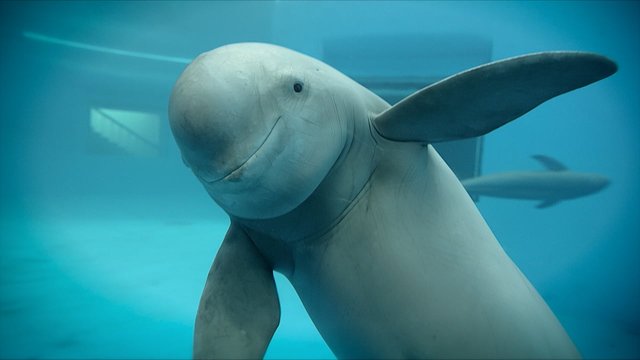
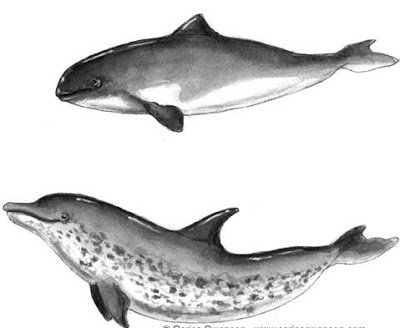
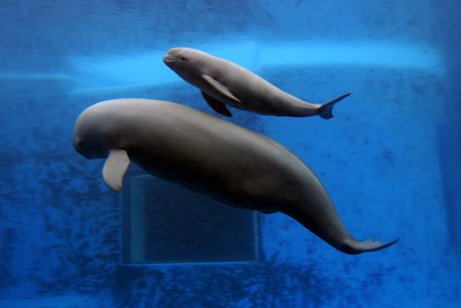
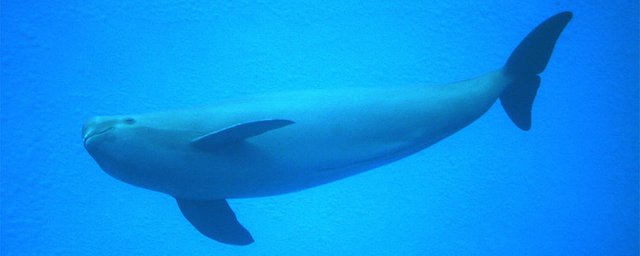
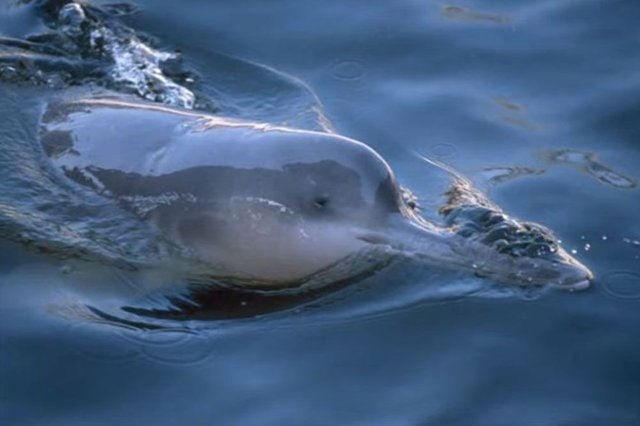
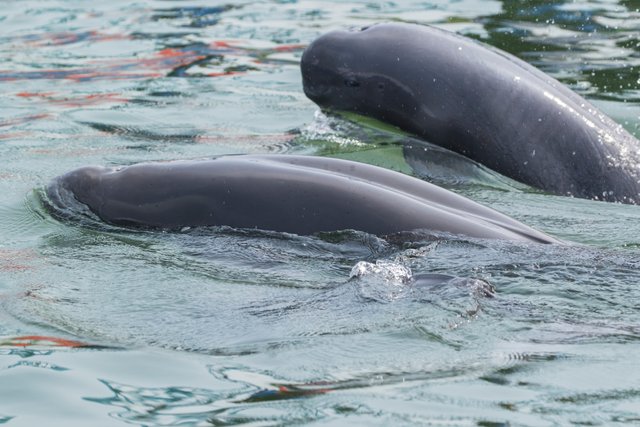
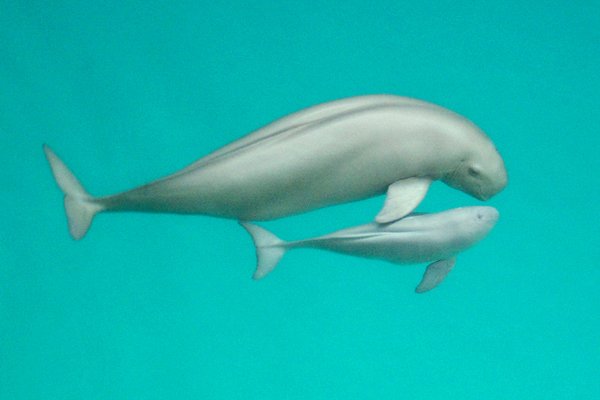
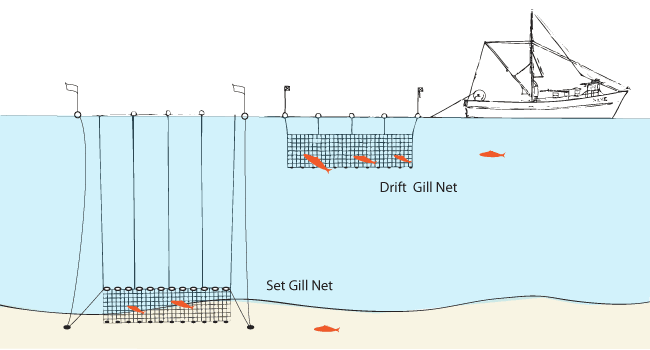


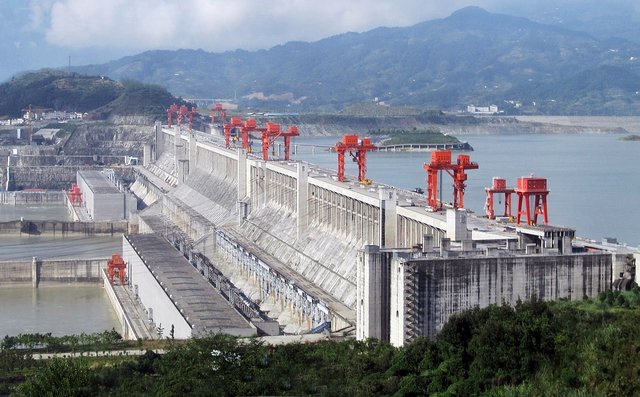

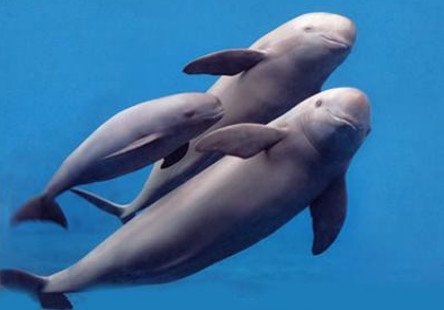

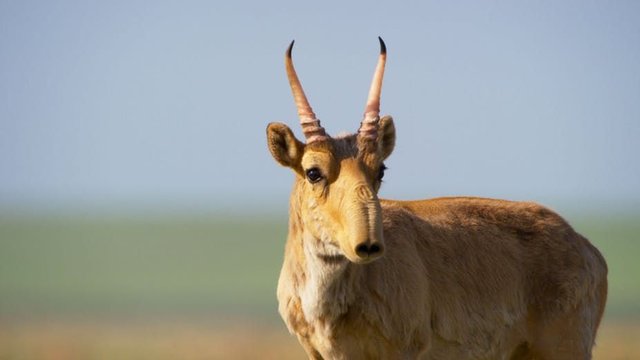
so cute 😱
Lovely photos! Nice post
See this is why I follow people like you, I didn't even know these porpoises existed never mind being critically endangered :O
also your porpoise and dolphin comparison diagram seems to be captioned the other way round?
You're right! Was so tired when editing the images in, thanks for spotting it. :)
i enjoy your post! thanks
This is actually kinda cute. Look at that creature smiling in front of the camera
im biologist in aceh, thanks for sharing =)
This is a really informational post! You put real, quality effort into educating about these animals and it's really great to see. Thank you.
Thank you, that has always been my mission both here and in my line of work!

Makes me just want to give that dolphin a big hug! Hopefully they start doing better.
@originalworks